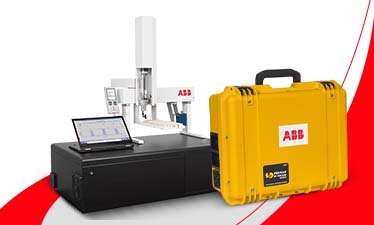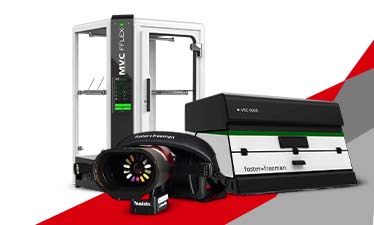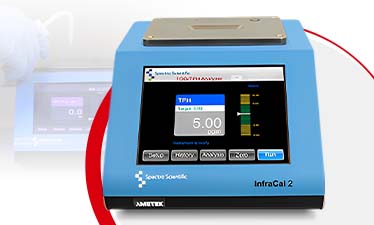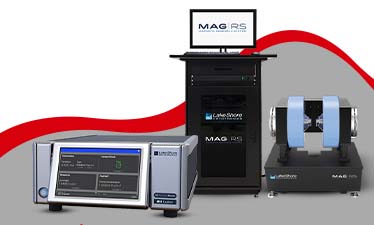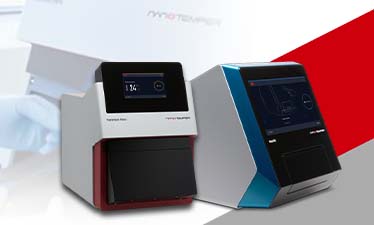How Different Microfluidizer Models Support Pharma, Food, and Chemical Labs
The demand for reliable sample processing is rising as laboratories face pressure to produce consistent results while preparing for industrial scale-up. This growth is mirrored in the global microfluidics market, which is valued at USD 24.6–38.13 billion in 2025 with projections of 7.1-15.2% CAGR.
Microfluidics plays a central role in this market expansion, with the homogenizer machine being a key enabler of efficient and reproducible processing. More than 1,100 pharmaceutical companies, including 19 of the top 20 global firms such as Pfizer, Merck and Novartis, use Microfluidizer processors. Out of over 3,000 systems installed worldwide, nearly two-thirds are used in biopharmaceutical applications, showing their importance in drug delivery, vaccines and nanoemulsions.
Microfluidics In A Growing Global Market
Laboratories need systems that deliver reproducible results, conserve material and provide a clear path from research to production. High shear homogenizers from Microfluidics meet these needs by using the Interaction Chamber™ to ensure identical treatment for every sample. Unlike traditional methods, this design offers:
- Consistent particle size reduction
- Scalability from laboratory homogenizer to production models
- Flexibility across pharmaceuticals, food, biotechnology and materials science
These strengths explain the dominance of North America, which accounts for 42–44% of the market, and the rapid expansion in Asia Pacific, where R&D investment is driving strong adoption of high pressure homogenizers.
Ensuring Consistency Through the Interaction Chamber™
At the heart of every Microfluidizer® is the Interaction Chamber™, where fluids are forced through fixed-geometry microchannels at extreme velocity. This produces shear rates far greater than conventional methods, ensuring every fraction of the sample experiences identical processing conditions.
The result is reliable droplet and particle size reduction, stable nanoemulsions and reproducible outcomes that scale directly to pilot or production volumes.
Three Microfluidizers Designed for Distinct Laboratory Needs
Each Microfluidizer processor offers consistent sample treatment through the Interaction Chamber™, but they differ in scale, throughput and laboratory suitability.
LM20 Microfluidizer® – The LM20 is regarded as the laboratory workhorse, delivering reliable submicron emulsions, dispersions and liposomes. Its design supports linear scalability, making it a preferred choice for pharmaceutical and biotech teams moving from bench research into pilot production.
M110P Microfluidizer® – The M110P is a benchtop unit designed for laboratories that need both throughput and convenience. With simple electrical operation and built-in control features, it provides dependable performance for frequent daily use and smooth transfer to larger scale systems.
LM10 Microfluidizer® – The LM10 is the compact option, well suited to researchers working with smaller or limited samples. Powered through air pressure, it delivers reproducible results in submicron size reduction and cell disruption, making it valuable for academic groups and early-stage development work.
Key Differences Between LM20, M110P and LM10
| Attribute |
LM20 |
M110P |
LM10 |
| Role |
Laboratory workhorse for nanoscale formulations |
Benchtop for frequent runs and higher flow |
Small homogenizer for limited samples |
| Max pressure |
30,000 psi (2068 bar) |
30,000 psi (2068 bar) |
23,000 psi (1586 bar) |
| Flow rate |
60–100 ml/min |
100–120 ml/min |
30 ml minimum |
| Utilities |
Electric, fume-hood compatible |
Standard single-phase electric |
Pneumatic, air-driven |
| Applications |
Liposomes, emulsions, dispersions, cell disruption |
Nano-dispersions, suspensions, microencapsulation, cell disruption |
Submicron reduction, deagglomeration, cell disruption |
| Scale-up |
Direct to pilot and production |
Direct to pilot and production |
Small-volume programmes |
How Microfluidizers Support Diverse Research Fields
Pharmaceuticals and Biotech – The LM20 ensures reproducible nanoemulsions and liposomes, while the M110P delivers higher throughput for vaccine development. The LM10 supports early-stage testing when sample volumes are scarce. These capabilities explain why Microfluidizers are present in nearly all leading pharmaceutical pipelines.
Food and Nutrition – The LM20 and M110P create stable nanoemulsions and encapsulated flavours, improving shelf life and product quality. This aligns with Asia Pacific’s rapid market growth, where food innovation is fuelling adoption of laboratory homogenizers.
Chemicals and Coatings – The LM20 provides reliable submicron dispersions, and the M110P ensures repeatability across cycles. These applications support Europe’s steady market expansion, where regulatory standards drive demand for advanced coating and chemical processing.
Academic Research – The LM10 is particularly suited to universities and research institutes managing limited volumes. Its relevance is clear in the Middle East and Africa, where the market is valued at USD 2.21 billion in 2024 and forecast to reach USD 3.94 billion by 2030 at 10.2% CAGR.
Laboratory Considerations That Influence Daily Use
- Sample economy: LM10 and LM20 reduce wastage with small volumes, while M110P supports repeated production trials once methods are established.
- Utilities and space: M110P runs on a standard outlet without the need for compressed air, LM10 is pneumatic for laboratories with restricted electrical capacity, and LM20 is compact enough for solvent-heavy work inside a fume hood.
- Consistency: All three models maintain constant pressure through the intensifier pump, functioning as a microfluidic pressure controller that ensures identical treatment across every batch. This performance is one reason why over 1,100 pharmaceutical companies, including Abbott and Novartis, continue to use Microfluidizer® processors worldwide.
Adapting Microfluidizers from Early Research to Production
- Begin with the LM10 for early experiments on scarce material, particularly relevant for MEA laboratories, which now account for 5.9% of the global market.
- Progress to the LM20 for reproducibility and tighter control, widely used for liposomal and vaccine formulation research.
- Advance to the M110P when throughput increases and pilot transfers become routine, reflecting the surge in Asia Pacific’s adoption of microfluidic devices.
See the Range First-Hand at ArabLab 2025
ArabLab is one of the leading global exhibitions for laboratory technology, connecting researchers, innovators and industry specialists from around the world.
This year, we are presenting the advanced Microfluidizer® processors from Microfluidics, including the LM20, M110P and LM10. Each model addresses distinct laboratory needs while ensuring scalability, reproducibility and reliability. Together they represent the future of particle size reduction and nanoemulsion technology in a market expanding at up to 15.2% CAGR.
We from BCL invite you to join us at the ArabLab exhibition 2025, Stall H2-C70, to see these systems in action through live demonstrations and to speak directly with our team about the model best suited to your research or industrial application.




